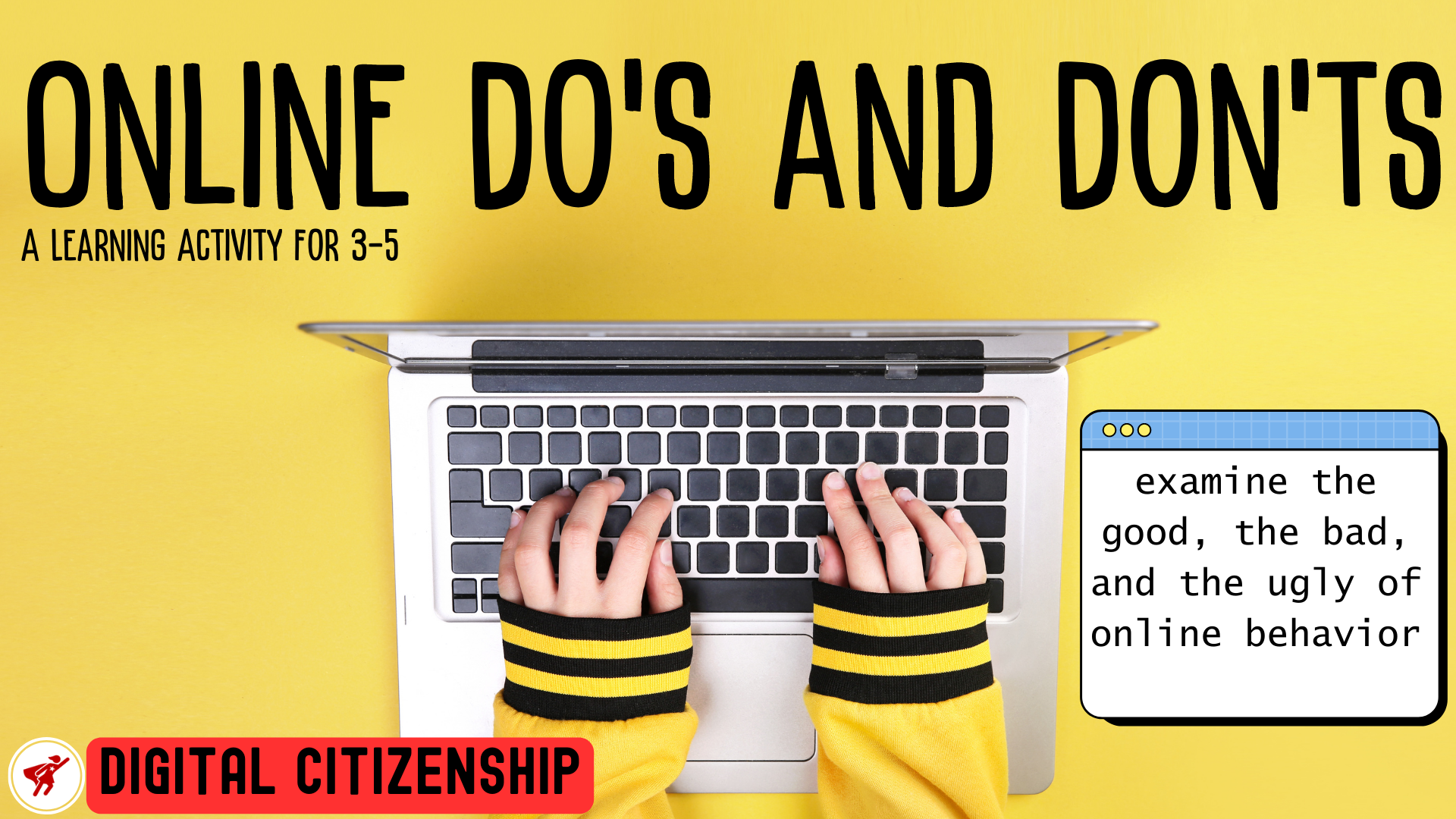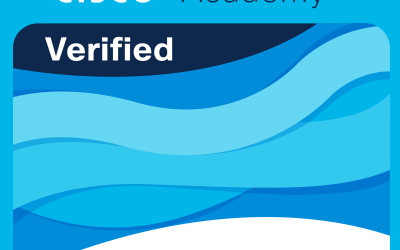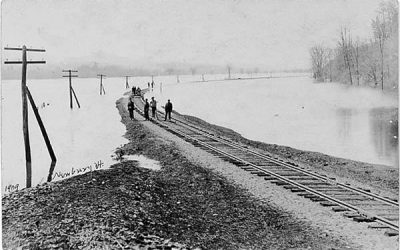Overview
In this activity, learners will examine the good, the bad, and the ugly of online behavior. Through a hands-on activity, discussion, and personal reflection, learners will be challenged to examine their own use of all-things-digital and create goals for becoming an impactful and respectful digital citizen!
NB Curricular Connections
English Language Arts
- Strand: Interactions – Big Idea: Expression
- Strand: Reading – Big Idea: Reading Comprehension – Skill Descriptor: Connect and respond personally and critically to text.
Personal Wellness
- Strand: Relationships – Big Idea: Bullying & Conflict
What You’ll Need
- Book – Troll Stinks (by: Jeanne Willis – available on Sora)
- Building Challenge Cards (see attached PDF)
- Timer – iPad or Smart Board
- Grading Cards (see attached PDF – 1 per student)
- Pencils
- Chart Paper
- Markers
- Brown Paper Bags labeled #1, #2, #3, #4, #5, #6, etc. (1 per group)
- Building Challenge Materials: (NOT equal per group) playing cards, dixie cups, cue cards and/or small pieces of recycled paper
- I Am a Digital Citizen Printable (see attached PDF – 1 per student)
Instructions
BUILDING CHALLENGE: *Before the learning activity begins, place building challenge materials into the brown paper bags – 1 bag per small group. Please Note: DO NOT DIVIDE EQUALLY! Purposely place different amounts of the materials in each brown paper bag with some having lots of materials, some having most, and some having few.*To begin, divide learners into small groups of 3-4 members. Explain: Each group will receive a bag of supplies to build the TALLEST standing structure in 5 minutes! It is important that NO member talks with any other group(s) during the building and the judging. (Your group may be disqualified and must stop building and then show an unfinished structure.) You may use all the materials in your bag or some of the materials, but it is important that you ONLY use what you have been given. No other materials or tools can be used in this challenge.Place small groups in various spots in the room so that there is space between them. Have learners go to their spot with their brown paper bag and, as a group, countdown “5, 4, 3, 2, 1 – GO!” as the timer begins (5 minutes!).After the timer has beeped, have learners use their scoresheets (below) to assess each group’s TALLEST creation. They are simply measuring for height and using the top half of the printable sheet.Next, do a tally of the highest and lowest scored towers by simply saying, “Group #___” and have learners show with their fingers the score that they gave. Talk about any major differences in scores. Then, disclose the information – NOT ALL GROUPS RECEIVED EQUAL MATERIALS. Go around and have each group describe the materials they had to work with. Instruct: “Now knowing more of the details and facts around the building challenge, does this affect how you would score the towers?” Have learners use the bottom part of the score card and re-assess each group’s tallest structure, BUT this time with consideration with what they had to work with. Have learners share any drastic changes in scoring that happened on their sheets.
READ ALOUD – Troll Stinks: Gather together. Discuss: Just like in our tallest structure challenge, when it comes to sharing, commenting, and viewing online content, we may not always have all the details and facts around what we see and read. Have you ever posted something online that you wished you could have deleted or not posted at all AFTER learning of facts and details? Have a few students share (without any specific names used). Read the story.
ONLINE WORDS CHART: Using a piece of chart paper, have TROLL in the middle of the paper written in marker and set the chart on a large table/desk. Next, have learners have access to a pencil, a marker, and a pair of scissors. Thinking about all our digital spaces – social media, Microsoft Teams, video gaming, and text, give learners this challenge: When you walk by the chart, there are three actions you can do on the chart paper.
- IF you have ever had someone type or post something untrue about you – make a huge X with pencil somewhere on the chart paper.
- IF you have ever had someone type or post something that was hurtful to you (mean joke, unkind or sarcastic words, etc.) – make a huge arrow on the chart paper with your marker.
- IF you have ever had to delete a post or comment because it was untrue, hurtful, or the whole thing was getting out of hand – make a snip in the chart paper.
Play a song as learners take turns adding to the chart paper. Once completed, gather in a circle, and hold up the chart paper. Discuss: What does it look like? It looks like many of us have experienced exactly what Troll did in the story. What does this tell us about our digital spaces? What can we do from this moment forward online so that no one has to continue to feel like this?
DIGITAL CITIZEN OATH: Allow students to share and brainstorm what it means to be a digital citizen. Read the definition as found in the Digital Literacy Framework:
Discuss: What sorts of habits, actions, and words do I need to build into my own digital life? On a new piece of chart paper, have students co-construct the online do’s of being an impactful and respectful digital citizen. Write out “We will…” statements and refer to the story, if needed.
WRAP-UP: Individually, allow students the chance to create their own digital oath of cyber conduct filling out a copy of the printable, I Am a Digital Citizen. Have a few students share their online declarations with the whole group (if desired). Discuss: How does digital citizenship affect my future career choices?
Reflection Activity
Please see the attached PDF for several choices on how you and your learners can reflect upon today’s activity.
Digital Literacy Framework






